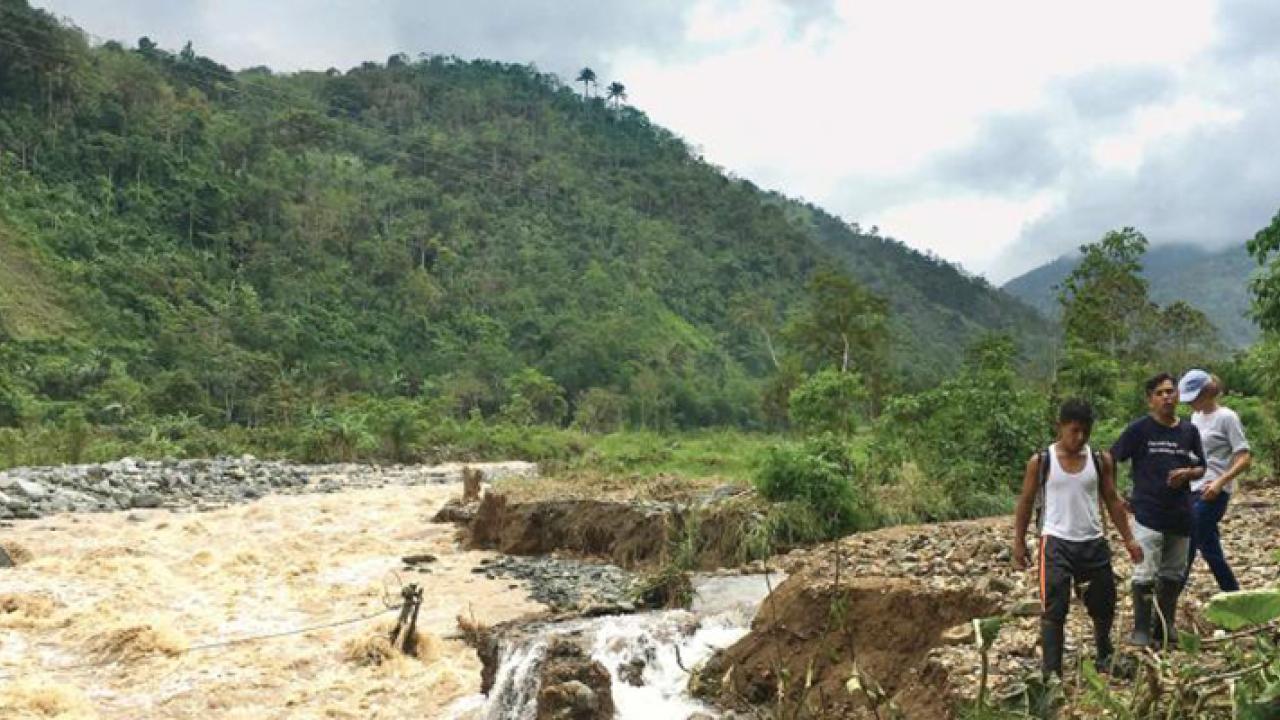
UC Davis Grad Students Develop Computer Model, Help Ecuadorian Farming Community
After a catastrophic flood destroyed lives, farmland and homes in a small Ecuadorian farming community, local residents reached out to UC Davis water experts for help. Now the computer models those experts created may help the community restore their water rights and help protect them against future disasters.
“The flood was devastating, but that was only half of it,” said Rachel Conrad, an onsite researcher leading an effort called the Dulcepamba Project who reached out to the UC Davis Center for Watershed Sciences for technical help.
The models also show that the hydropower plant had gained a legal right to more water than exists in the watershed.
Hidrotambo was allocated 69.2 cubic feet per second in the dry season and 229.5 cfs in the wet season. The company was also required to leave 37.4 cfs in the river for environmental flows.
Computer models development by Wes Walker and Jeanette Newmiller, alumni of the the civil engineering graduate program at UC Davis, brought hope to the small farming community. Check out the new multimedia story, “Run of the River,” to learn how graduate student research demonstrated that a flood along the Dulcepamba River was not a natural disaster.
